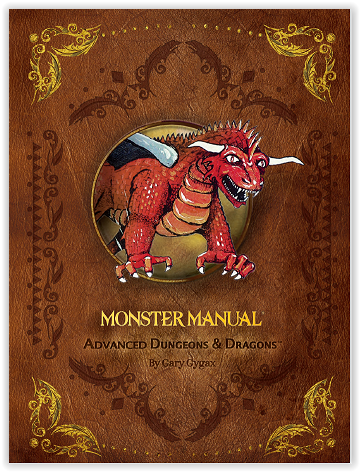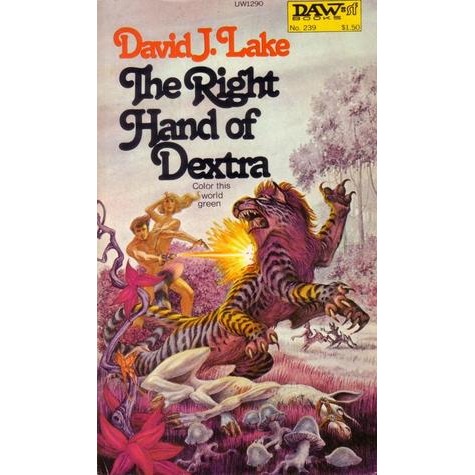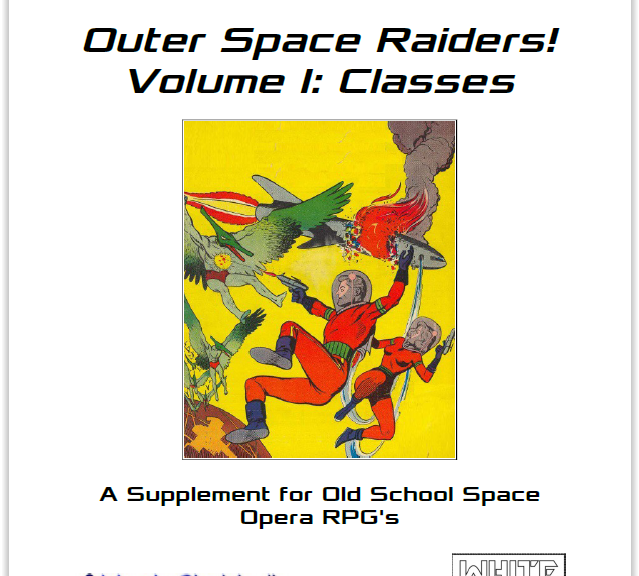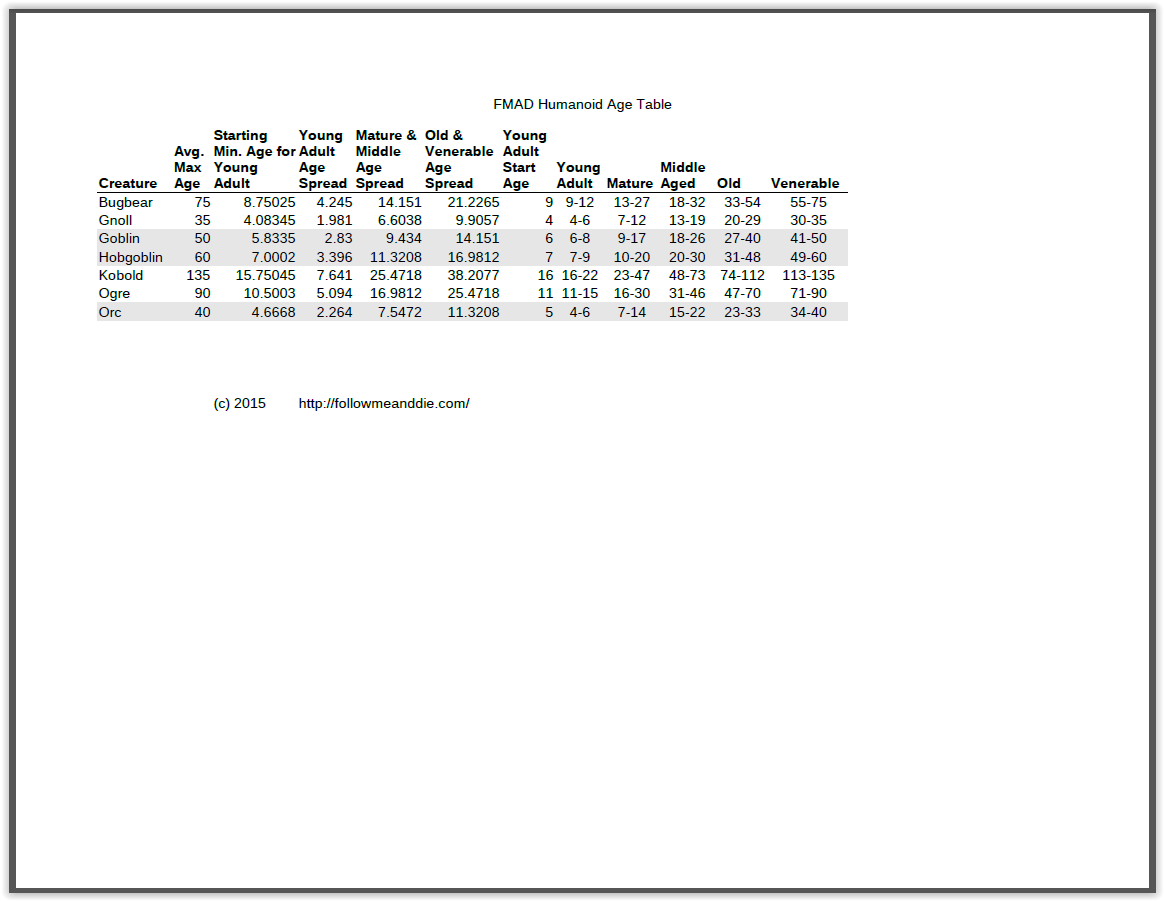Over lunch today, when I ran out for a quick errans, the Genesis’ song, Invisible Touch came on the radio. This part stood out, She reaches in, grabs right hold of your heart…. takes control and slowly tears you apart.
My Idea
Take a metaphorical song literally then give it an RPG spin. I googled the lyrics and this whole thing can be a horror show if read literally.
I’ve got ideas for a couple of genres rattling around in my mind just from this song.
One can easily take other love songs literally and see what ideas it sparks. It isn’t just love songs, but any song or poetry or metaphorical writing. Some can be weird, odd, creepy, and disturbing if taken literally. Which is perfect for RPGs!
Fantasy Monster
The first thing that came to mind was a variant on a succubus. In AD&D [Affiliate Link]a succubus has a charm ability, so that you can’t resist. What is worse than gladly going to the thing that will rip out your heart and dismember you?
Better yet, a new creature. Something with a charm ability, illusion, or mind power. A completely hideous creature that ensnares its victims to lure them in for the kill. A single creature would need to be very tough to deal with a party. So if not super tough, it would need cunning to avoid going against a large number.
I can see three options for this:
- Something tougher than a single person.
- Something about as tough as or tougher than the party.
- A group, family, or pack of the creature.
In all cases this could be a creature of animal intelligence with some sort of special ability and the cunning to avoid large groups. What would be scarier than a party member being charmed and cheerfully walking off into the forest when they’re on watch? The next day all that is found is what’s left.
It could be a cursed spell caster that has to eat the heart of someone on a regular basis and their use their magic to lure them in close, or some variant on lycanthrope.
A large intimidating creature that gives the party pause when faced with fighting it. A group that makes the odds of a straight up fight unappealing to the party.
I’m also reminded of how mindflayers use their mental powers so they can eat your brain. Another creature could do the same and eat all your innards.
Science Fiction Creature/Alien
I thought of the the salt vampire from The Man Trap, the first episode broadcast of Star Trek. Either through a doppleganger effect or a mind trick, they get close enough to get you alone. Similar tricks might take place on other planets.
There could be a pheromone, since it’s an invisible touch.
An intelligent group of aliens may have developed technology to amplify the effect to be more successful in attracting food.
Beast or intelligent being from another planet has a symbiotic plant, bacterium, or small animal that attracts the prey. Or some sort of attached lure.
I had an idea a few months ago that I don’t recall if I wrote down. Have an intelligent species of alien with an attraction odor. Any species attracted by it’s odor that gets eaten is obviously not intelligent. Not all humans are vulnerable to it, but the aliens have trouble distinguishing those that claim to be a part of an intelligent species from prey.
Talk about a diplomatic issue! Respect each other’s culture. The rules come down to a planet controlled by humans follows human laws and norms, and any human on a planet controlled by the alien has to be tested for sensitivity to the attraction factor before they are allowed on the surface. Smugglers and survivors of crashes will have a “fun” time avoiding the locals long enough to get to the embassy.
Stats
I always do better with the descriptive part of creatures. The mechanics always frustrate me trying to come up with something good.
The easy way is to find something roughly equivalent in HD and special abilities of other creatures.
So for a beast, something like a lion or tiger in power with an attraction ability.
For intelligent creatures, take the stats of a doppleganger, or mind flayer.
For a pack, choose dire wolves.
For a large creature choose a bulette.
Then change the skins, AKA re-skin them to fit the description.
Example of Re-Skinning
I used Swords & Wizardry Core monsters and took the doppelganger, wolf, and dragon stats for a base for re-skinning.
Doppelganger
Hit Dice: 4
Armor Class: 5 [14]
Attacks: Claw (1d12)
Saving Throw: 13 (5 against any magic)
Special: Mimics shape, immune to sleep and charm spells
Move: 9
The doppelganger will be the basis for an intelligent creature that prowls lonely places seeking whatever mysterious things it wants, needs, or desires. It is strong and can rip open an adult. It uses its shape shifting ability to appear weak or injured.
Lone Prowler
Hit Dice: 4
Armor Class: 5 [14]
Attacks: Claw (1d12)
Saving Throw: 13 (5 against any magic)
Special: Mimics shape, immune to sleep and charm spellsMove: 9
Wolves will form the smaller creatures that rip one to shreds, and the whole pack can join in the fun. Stalkers are fearsome creatures, one of whom could lay low a hapless traveler. Then tend to travel in packs of 4 to 12 and can challenge a family or other group by themselves.
Stalkers
Hit Dice: 2+2
Armor Class: 7 [12]
Attacks: Bite (1d8)
Saving Throw: 16
Special: None
Move: 18
Finally, the red dragon will inform the large fearsome beast. the spiked devil is a ravenous creature, preferring the soft innards of its victims, but also know to swallow smaller prey whole. It is named for the pointy protrusions covering its body. It has been known to eat the tenderest parts of a herd then work its way through the bodies.
Spiked Devil
Hit Dice: 9–11
Armor Class: 2 [17]
Attacks: 2 claws (1d8), bite (3d10), tail slap (1d10)
Saving Throw: 6, 5, or 4
Special: Prehensile tongue rips out heart of victim within 20 feet before it can fall on a 20. DEX save for victim.
Move: 9/24 (flying)






